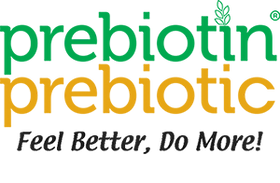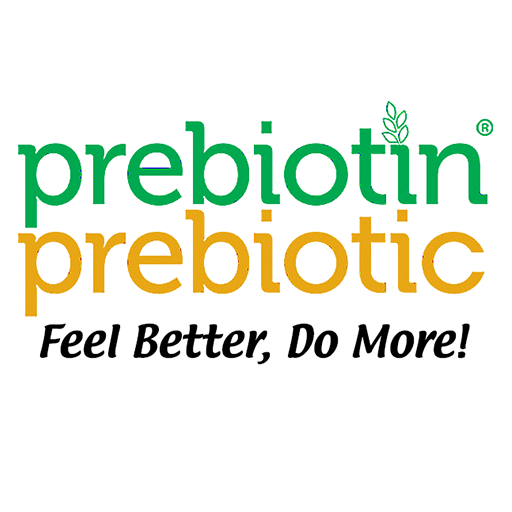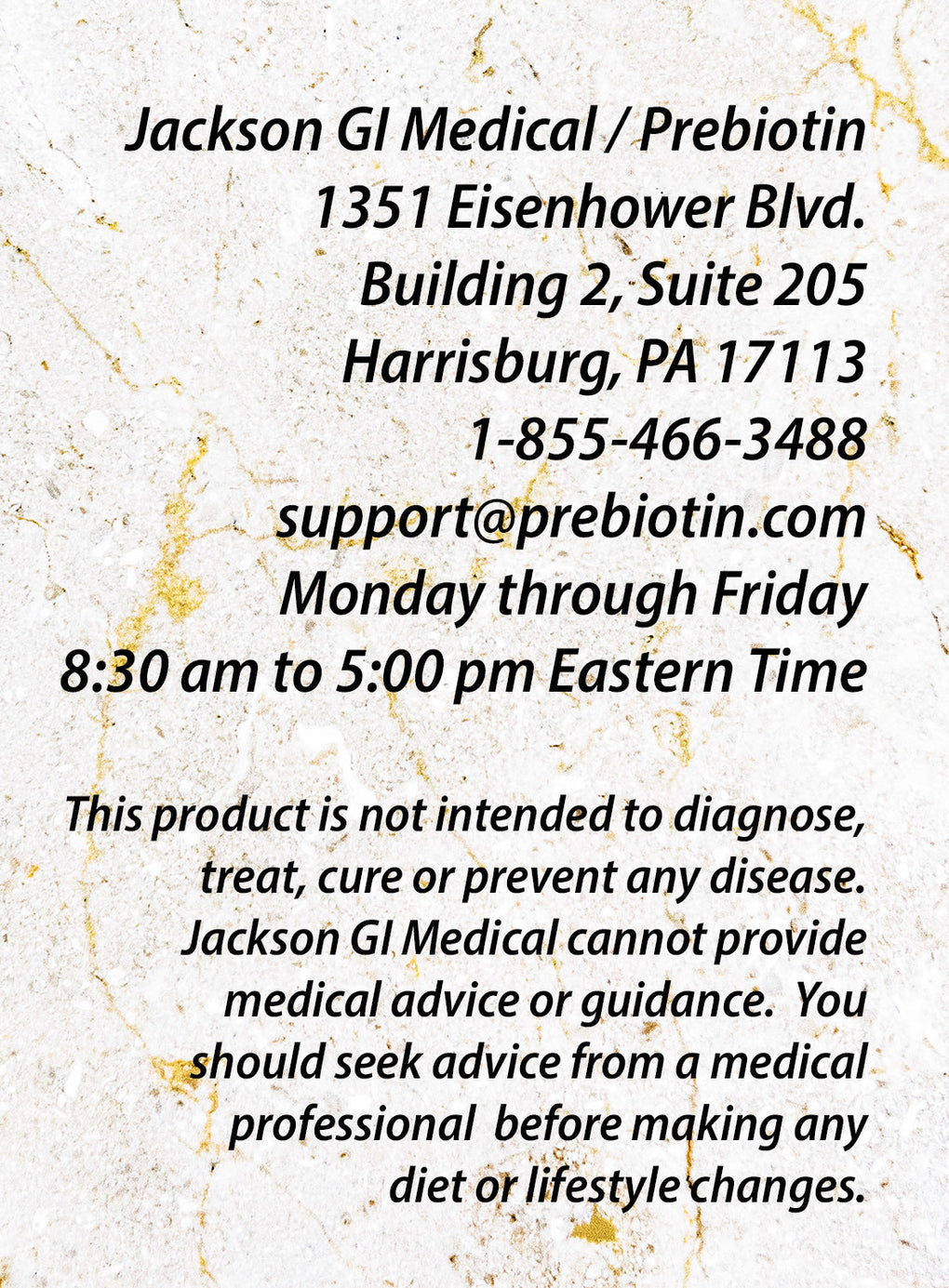What Can I Tell You About Prebiotic Fiber?
Diabetes Educators at the Annual AADE Conference Focus on the Microbiome
Ronald E. Walborn Jr. (left), Chief Executive Officer, and Greg Cooper, Director of Product and Business Development at American Association of Diabetes Educators 2018.
The microbiome was a major focus at this year’s American Association of Diabetes Educators (AADE) Annual Conference (held in Baltimore, MD, August 17-20). At the Prebiotin booth, a constant stream of diabetes educators were highly interested in how prebiotic fiber can maintain health and improve an unhealthy microbiome. They also wanted to get clarification about how prebiotics versus probiotics work.
“Start at the beginning,” they told the Prebiotin team at the booth. “What’s the difference between prebiotics and probiotics?”
“The awareness and understanding of prebiotics is still a long way from any peak,” says Prebiotin CEO Ron E. Walborn Jr. “Well under 50% of our visitors knew much about prebiotics—but they were all interested in learning more.”
With so much interest in understanding how prebiotic fiber works, Walborn was happy to have the additional support of Greg Cooper, Director of Product and Business Development, and Gabriele Amersbach, Prebiotin content writer and editor, to answer questions.
“There is huge interest in how the microbiome affects our health, in particular our metabolic health,” says Cooper. “The crowds were overflowing for the speaking event about the microbiome that I attended.”
Based on this interest in the microbiome, the Prebiotin booth was especially relevant. Most vendors and presenters were pharmaceutical companies, medical device companies, or alternative or artificial sweeteners.
Only a few booths focused on forward thinking, healthful approaches to preventing diabetes. However, practitioners understand that diet and exercise go a long way in diabetes prevention. Booths like Prebiotin’s that dealt with how to help prevent diabetes were well received.
The Most Researched Prebiotic Fiber
Once the conference attendees understood the difference between prebiotic fiber and probiotics, they were interested in general knowledge about how to use the product—and its effectiveness.
“As a clinical group, they were impressed with our research study hand-out,” says Walborn, referring to a double-sided document that summarized the most recent journal articles about the impact of prebiotic fiber on diabetes.
“We informed our visitors that Prebiotin is participating in 6 current studies that focus on the therapeutic use of Prebiotin to improve a wide range of health conditions, from inflammatory bowel disease to end-stage renal disease (ESRD). Dozens of studies already completed in the last 20 years show that the prebiotic fiber in Prebiotin has a legitimate, researched impact on reducing the microbial imbalance in the body leading to inflammation—and diabetes.”
— Ron E. Walborn Jr., Prebiotin CEO
Prebiotic Fiber to Reduce Childhood Obesity
Visitors could also pick up a hand-out on childhood obesity and the impact of prebiotic fiber. According to Greg Cooper, “I was impressed at the role demographics play within the U.S. as it relates to diseases such as type II diabetes. I noticed practitioners from low income areas see obesity as a real issue that is dramatically affecting their communities.
“For instance, one practitioner mentioned that the CDC classifies all Native American children as pre-diabetic until proven otherwise. This practitioner didn’t disagree with this assessment. Education and a willingness to change the diet, including adding prebiotic fiber, is vital to disrupt this trend in these communities.”
As the conference progressed, the level of interest in prebiotic fiber seemed to build. While other vendors began tear-down Sunday afternoon, the Prebiotin booth continued to be surrounded with visitors who had questions.
“These are the professionals who are trying to move from allopathic medicine to a more holistic approach that prevents rather than treats. It’s our goal to be an integral part of this shift.”
– Greg Cooper, Director of Product and Business Development
Growing Awareness
The Prebiotin team was excited to meet visitors from all over the U.S. and internationally. Educators, pharmacists, nurses, and physicians from Puerto Rico, Mexico, and Europe, and even far-flung states like Hawaii came to the Prebiotin booth for information and Prebiotin samples.
“These are the professionals who are trying to move from allopathic medicine to a more holistic approach that prevents rather than treats,” says Greg Cooper. “It’s our goal to be an integral part of this shift.”
Walborn concludes, “As we follow up with our visitors, we hope to open doors, provide further opportunities to use Prebiotin in research, and grow awareness of the researched impact of our product.”
To learn more about diabetes, please check out Prebiotin’s blog: “8 Things You Need to Know about Diabetes.” For more information about diabetes research that focuses on prebiotic fiber, please review “Could the cause and cure for diabetes be in your gut?”







